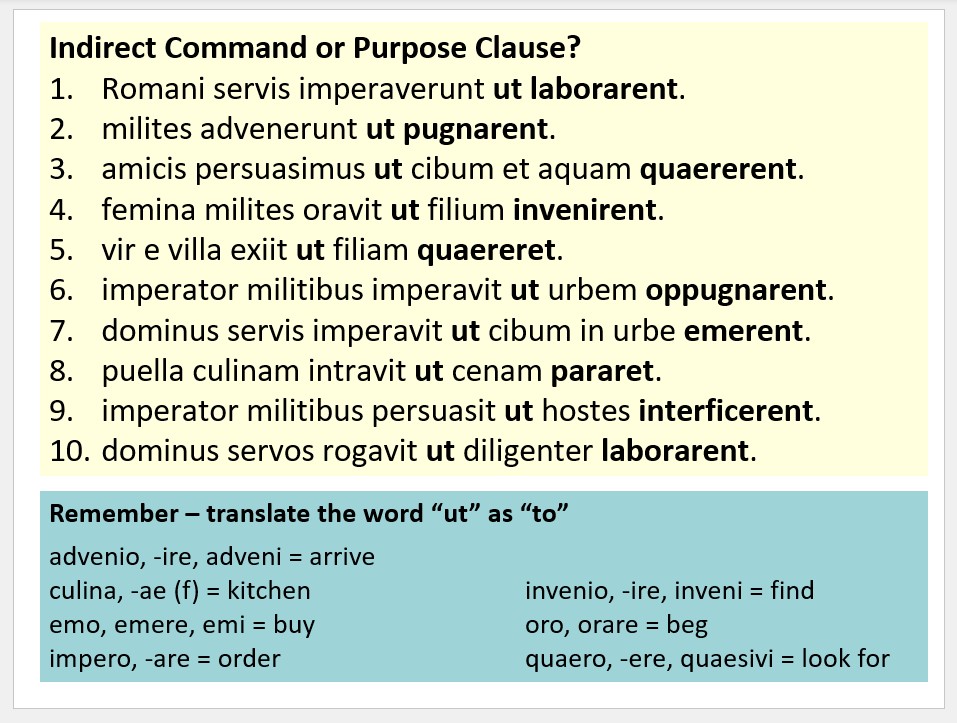An old Head of Department from many years ago used to start his Year 7 German course in the same way every year. Every year he would ask students to name any famous Germans they could think of. Every year he hoped to hear names like Michael Schumacher or Boris Becker, or perhaps one of the countless famous German composers from over the centuries. Every year he was given Hitler. It never seemed to occur to this lovely man that perhaps there was a better way of starting off his first German lesson. Something made him do the same thing over and again and I think a bit of him somehow relished the inevitable disappointment. We all have our crosses to bear in our chosen subjects.
For anyone who teaches or touches upon Roman culture, for us it’s waiting for the inevitable moment when a child will inform us that the Romans used to eat so much at their dinner parties that they would go and make themselves sick so that they could eat more. I’ve even overheard the guides at Pompeii help to perpetuate this myth by mischievously telling tourists that any random passageway that they can’t account for is a “vomitorium”, where guests would relieve themselves to create space for more gluttony. They know that this is nonsense. The confusion seems to have come from the word vomitorium itself (which actually was used by the Romans to refer to any passageway leading crowds out of a public building) combined with satirical pieces such as Trimalchio’s Feast, sometimes called The Millionaire’s Dinner Party, which describes the imagined excesses of dinner parties held by the nouveaux riches. We also have the disapproving remarks of authors such as Seneca, who wrote of slaves cleaning up the vomit of drunks at banquets and criticised what he saw as the excesses of Rome. It’s a depressingly familiar picture for anyone who has worked in a hotel or similar establishment in modern Britain; wealthy Romans were no more or no less gluttonous than the comfortably-off in any society, especially those societies which have alcohol at the heart of their culture.
Eye-roll inducing as this was, my personal bugbear of misinformation I simply cannot wait to hear is different. I tell myself I have to go there to prevent students from getting it wrong in their exams, but in truth there’s a bit of me that cannot resist it for my own torture. When working on the literature, I always ask every GCSE candidate what they think the term juxtaposition means. Almost without exception, students will tell me that the word means “contrast”. On an exceptionally good day, they will tell me that it means “putting things next to each other in order to create a contrast”. In actual fact, it means “putting things next to each other” and this may be done in order to highlight a contrast.
While I hate to be a massive Latin bore, I’m afraid this is yet another case where a simple knowledge of the Latin roots of words can help. To juxtapose has its origins in the Latin words iuxta (which means “next to”) and iungo (“to join”, also notable in derivatives such as join, conjunction, conjugation, conjugal) alongside the Latin word positus (“place” or “position”). It quite literally means “a placing next to”: there is no mention of the notion of contrast in the original etymological meaning of the word. The frequency with which the technique is used to highlight a contrast means that it is arguably justifiable to include this in the definition, but the etymological roots of the word really must be prioritised. Fundamentally, juxtaposition is placing a word or phrase next to another word or phrase, often but not exclusively to highlight a contrast.
Unfortunately, students (and teachers) Googling the word will find an avalanche of quotations using the word to mean simply and exclusively “contrast”. Just this morning I spotted a horrendous meme quoting American guitarist Dean Ween of all people: “the juxtaposition of fishing and touring couldn’t be greater”. Sigh.
Another part of the problem with this misunderstanding is that English really isn’t very good at doing juxtaposition. Our language requires too many supplementary words to make sense, plus we cannot muck about with word order in the way that Latin can without a serious change in meaning. Word order is sense-critical in the English language: “man bites dog” means the opposite of “dog bites man”. Latin, being an inflected language (i.e. one where the endings of the words dictate their meaning and role) has the advantage in that an author can place words next to each other with ease – certainly to highlight a contrast or frankly to do whatever he wishes.
The good news is that once a student realised what juxtaposition means it becomes much easier to spot in Latin. Once a student understands that it simply means placing words next to each other, they can assume that an author as adept as Virgil has always done so for a reason – it does not have to be limited to the concept of highlighting a contrast. An author may juxtapose a string of sounds, for example, or indeed words with a similar rather than a contrasting meaning. It’s entirely up to him.








